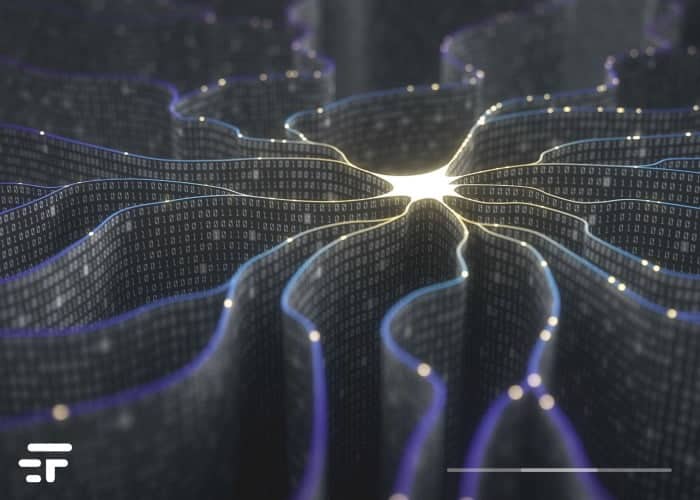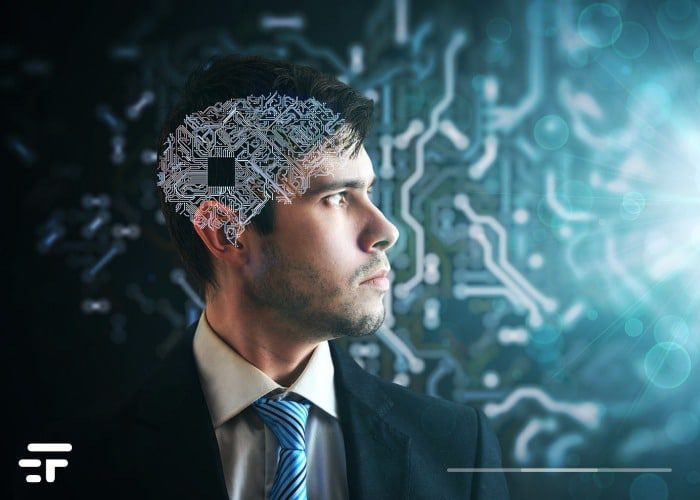We are on the verge of becoming a species that totally mixes technology with our bodies. In a way, we've been doing this for centuries, from the first time someone used glasses to improve their eyesight and started holding two pieces of glass on their nose - it was the XNUMXth century.
The evolution of this process began with the invention of the computer and the first human-machine interfaces (HMI). Since then, the goal of many technologists has been to establish direct connections between computers and the human brain. These brain-computer interfaces (BCIs), also known as brain-machine interfaces (BMIs), would eliminate the delay in switching between thinking, physical action and response of computers.

Everything within your mind
BCIs already allow people who cannot perform certain physical actions to directly control powerful computer tools with electrical impulses in their brains. Neuroprostheses, which are currently used to monitor and interpret electrical signals in the human brain, will soon be able to help people unable to speak physically to participate in complex verbal dialogues. It has already happened several times (ad example here, or , promising, or again , promising).
One of the ambitions is that BCI interfaces, brain computers, one day bring all human knowledge to immediate recall: no more surfing the Internet to search for information, we would be able to think about what we need and access with the mind. to all relevant data from a cloud.
How can computer brain interfaces work?

We can detect the signals sent between the neurons of our brain through the dendrites and the axons that connect them, and this is how the interfaces between the brain and computer work. Scientists today analyze these signals using implanted electrodes.
The signals, in turn, become digital information which is then translated by algorithms developed over many years of research and experimentation. Technology helps our brains for a decade already to control prosthetic limbs and specially equipped wheelchairs, or to operate sliders and buttons on monitors.
Watch out for the risks – Of course, brain-computer interfaces, like any software-driven hardware system, are also vulnerable to hacking. There have already been attempts and tests that have highlighted the possibility of creating real computer viruses, malware capable of also damaging the brain. If a BCI can move numbers and letters across a network, it might not be difficult for someone to “steal” that data and abuse it. This is why the issue of safety will become more important than ever, as technology becomes closer to our bodies.
Progress in the world

There are many universities and companies that experiment with solutions in brain computer interfaces, today mainly with the aim of improving the lives of people with disabilities, but the fields of application are infinite. Here are some developments currently underway around the world:
Kernel is capturing memories from the hippocampus, reading them with artificial intelligence and “recording” them with an accuracy of up to 80%.
Neuralink, Elon Musk's controversial company, aims to create implantable interfaces between the brain and computer. First goals? Treatment of diseases of the brain and nervous system, improvement of memory and processing speed. This has already been done successfully in monkeys (at the cost, probably, of great suffering for these poor animals), and human experimentation will soon begin.
foc.us is marketing “brain stimulators” to improve players' reaction speed.
Neuropathic is working on interfaces to predict, detect and stop epileptic fits even days in advance.
Mindmaze e Neurables they are experimenting with technologies to give people the ability to control toys and games with their thoughts.
Brainco is building interfaces and wearable devices that will help teachers monitor their students' concentration levels in the classroom and better find and help those students with learning difficulties.
The list could never end, and I have not mentioned the efforts of governments and research institutions.
Do we have any problems to solve?
As many as you want: there are many difficulties that still need to be addressed and resolved before this technology is actually useful and not harmful.
As often happens on this blog, however, the interest focuses more on the ethical implications that derive from the implementation of technologies, and this also applies to human computer interfaces. A big one, which immediately catches the eye, is the possible further stratification of society. There will be people who can afford BCIs and dramatically improve their lives, both medically and by increasing their performance, and others who simply cannot afford it.
Another aspect, more immediately troubling to most of us, I mentioned earlier. It is the fear that this technology (which essentially creates a bridge between the human mind and the outside world) could be manipulated for negative purposes. We all appreciate scientific and technological advances, but moving full speed ahead without dedicating enormous effort, concern, and diligence to keeping the information in our brains safe and the interactions these interfaces will create could lead to truly terrifying results.
Brain-computer interfaces: avoiding the danger of "hacking" human beings

Any software can be “hijacked”. When our brain is also part of software, this could be no exception. Today it sounds dystopian, almost science fiction, but a misconception of brain-computer interfaces could lead us to hackers capable of “hijack” not planes or computers, but real people. Damage them mentally, or physically, or even manipulate them.
Every new and extremely powerful technological advance has the potential for surprisingly good and very bad outcomes. Nuclear energy, satellites. Genetic engineering, artificial intelligence. These are just a few examples of cutting-edge technologies that have the potential to be both good and dangerous. Brain-computer interfaces are no exception.


